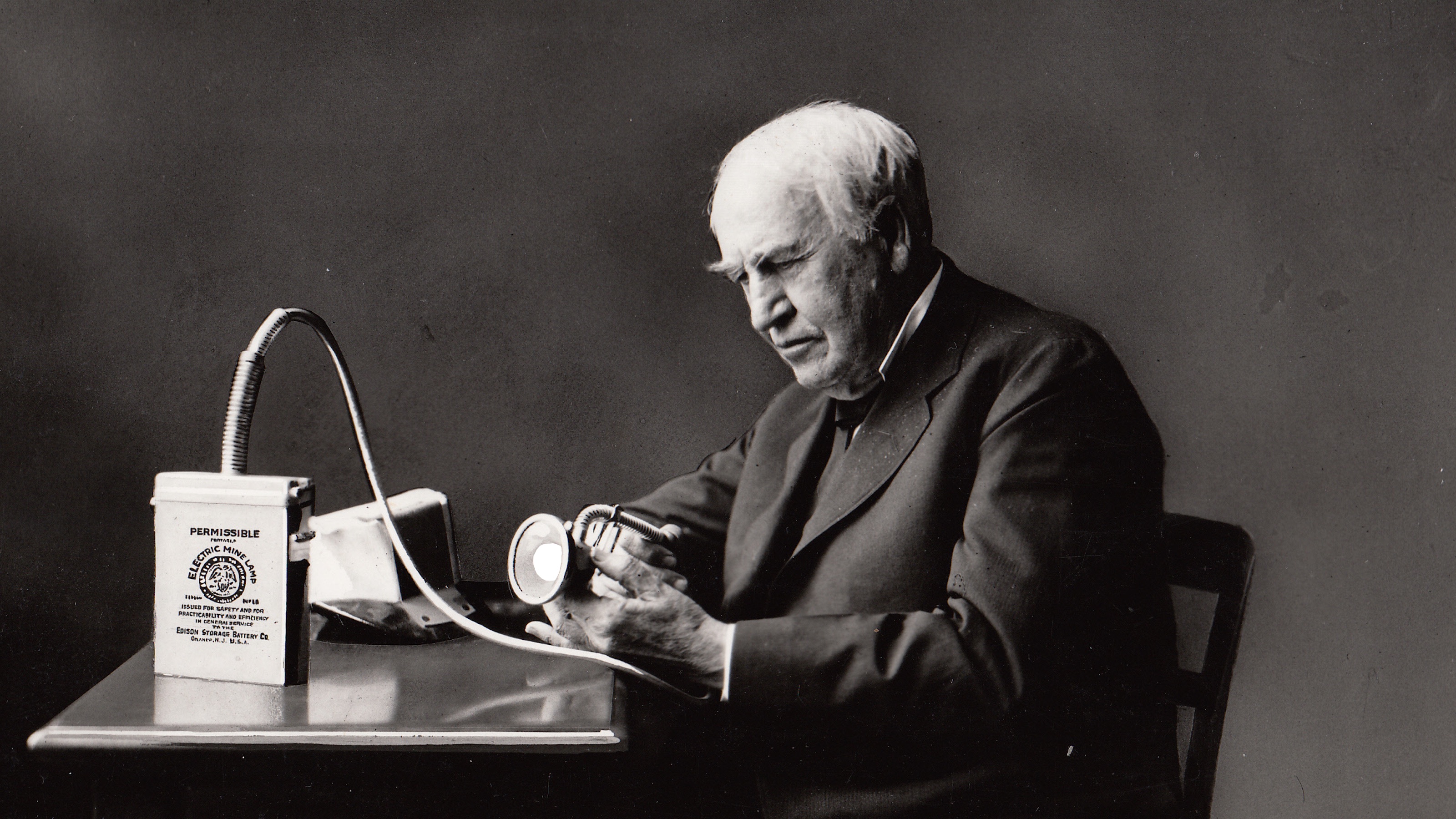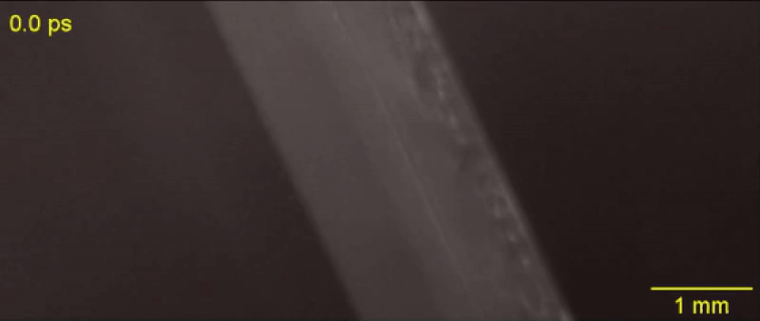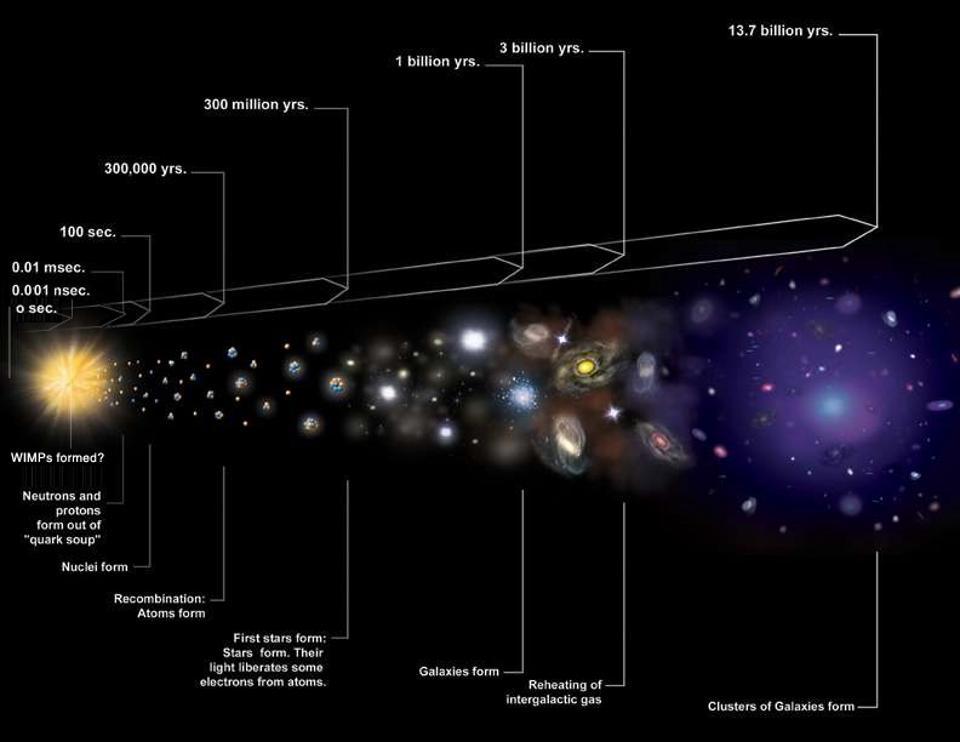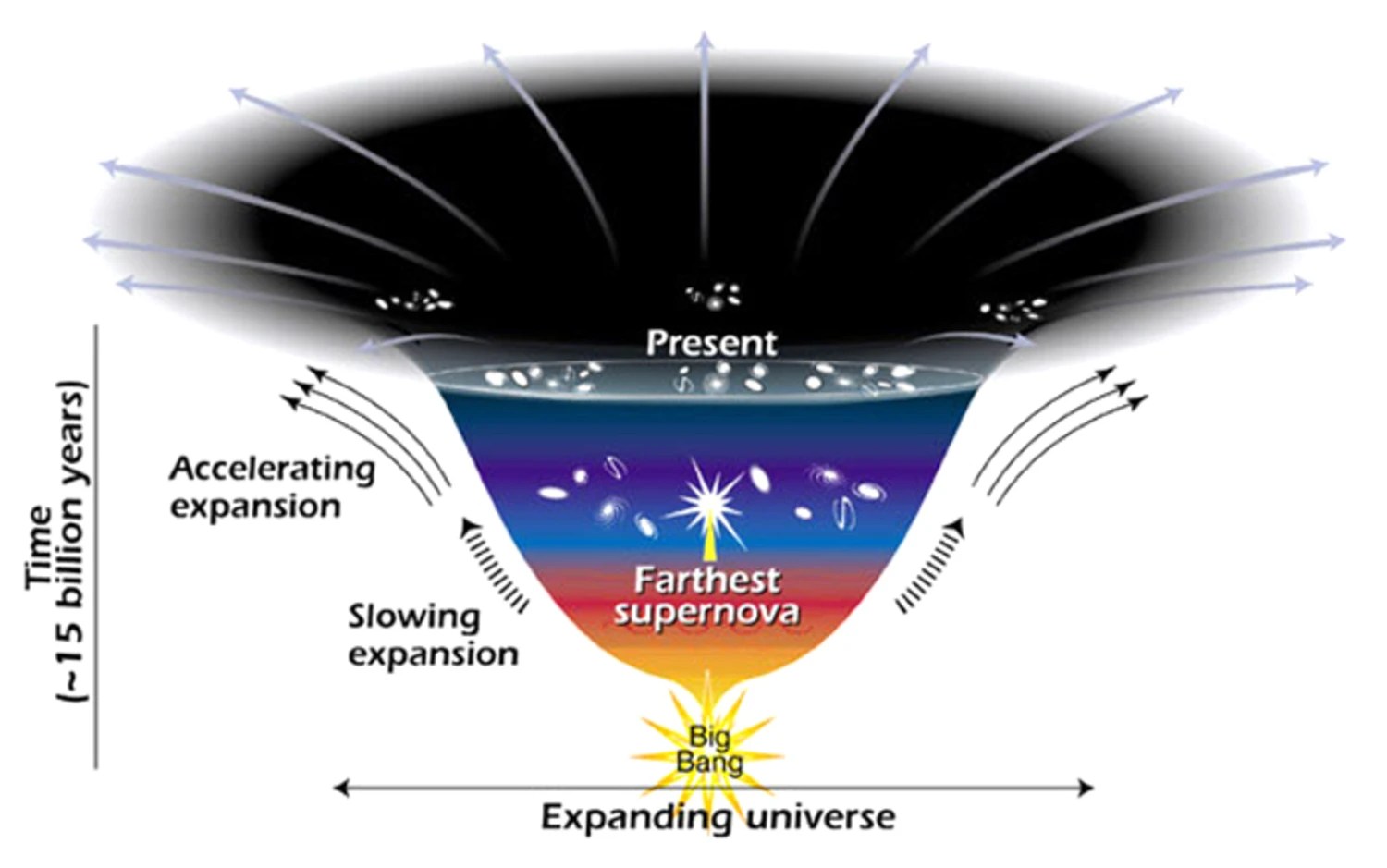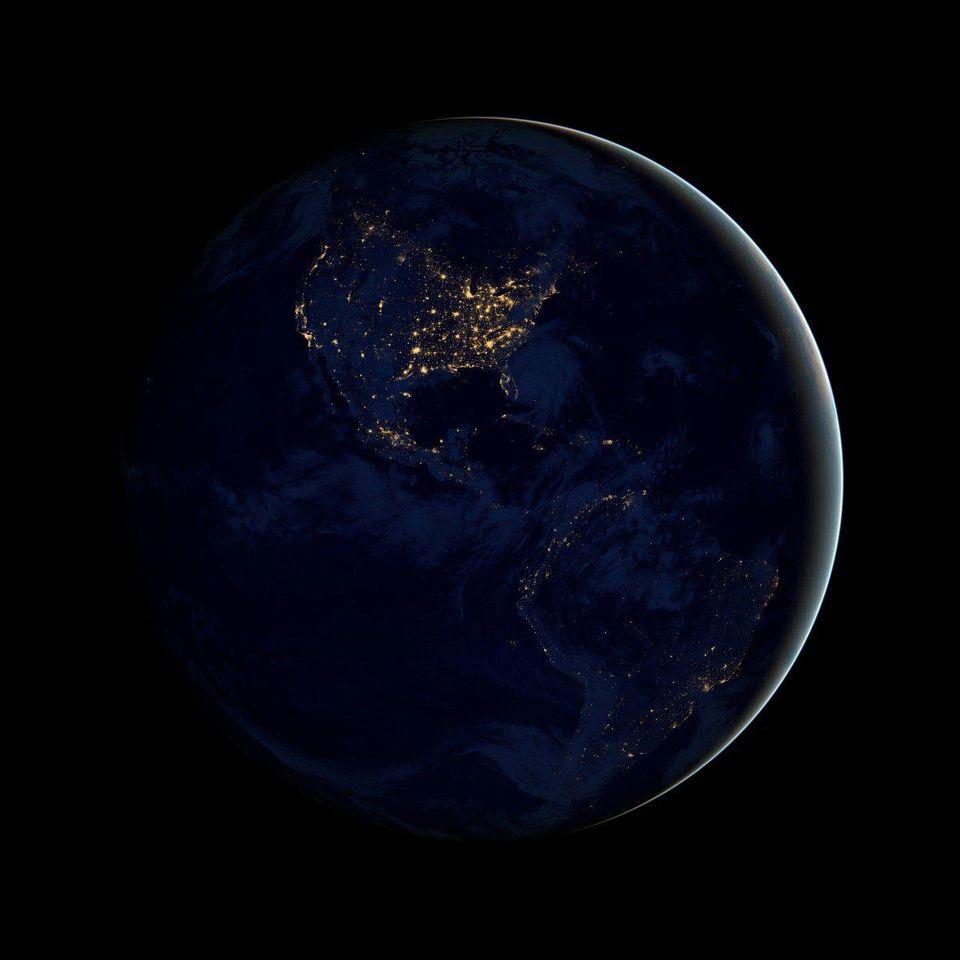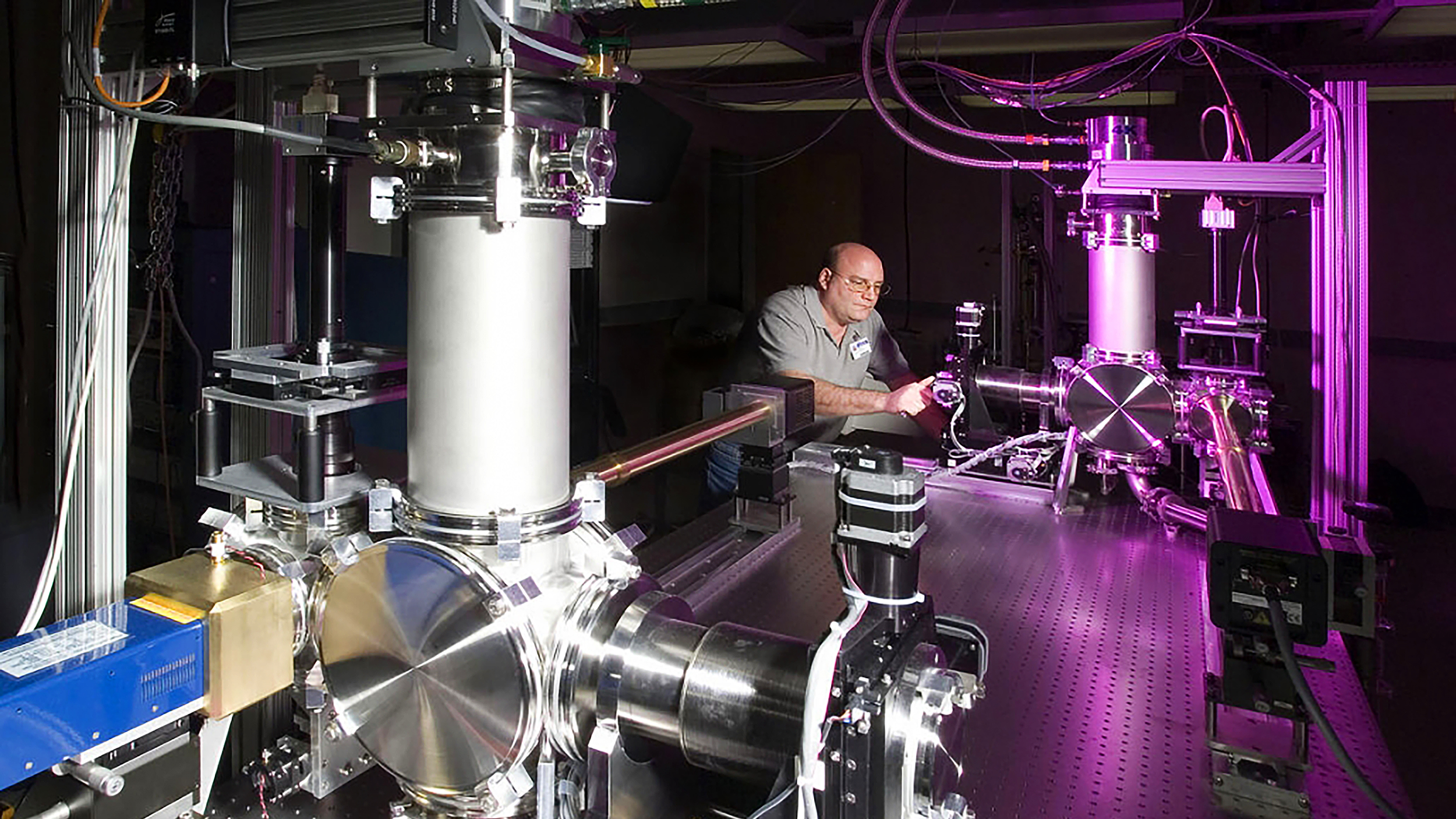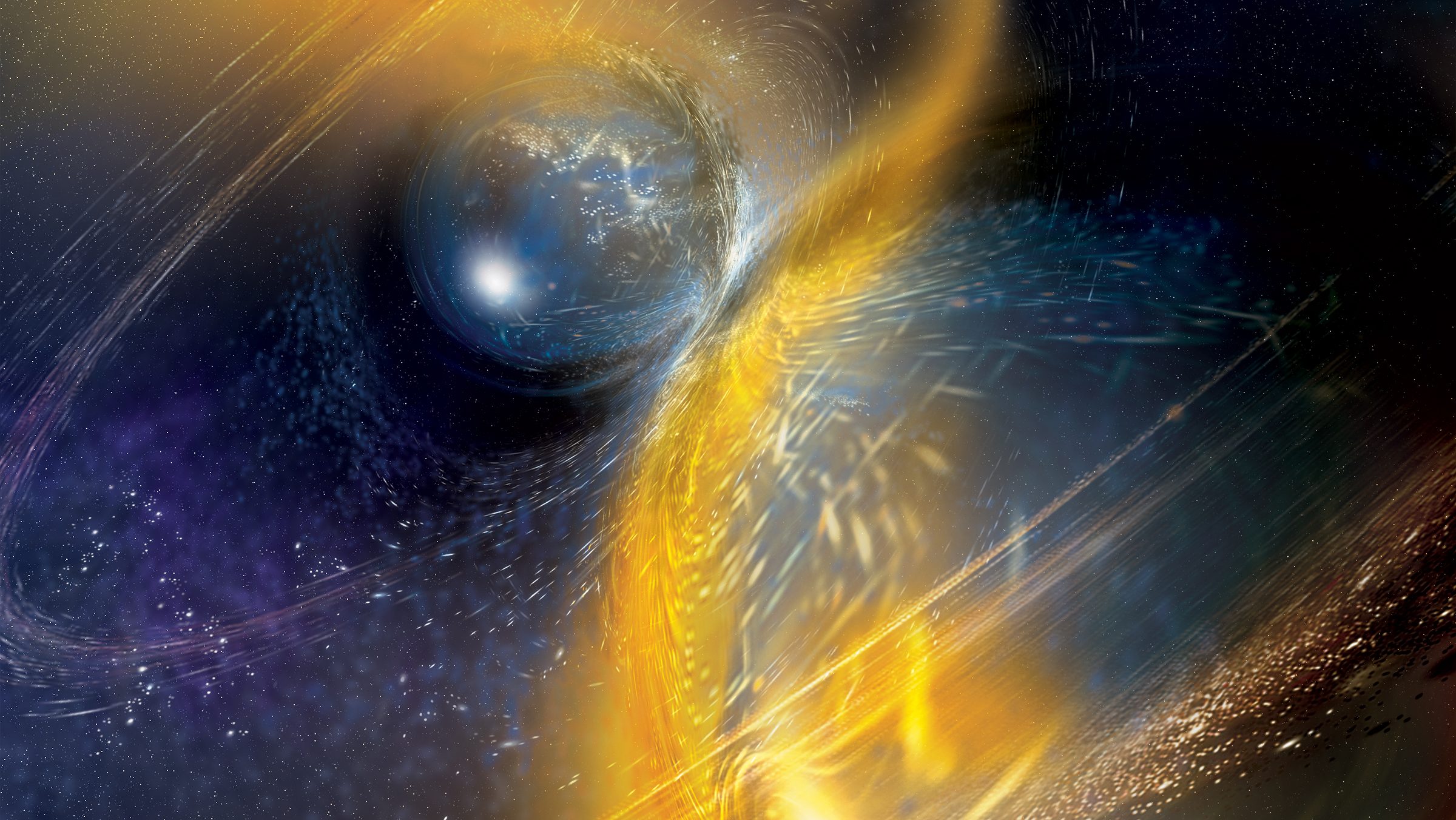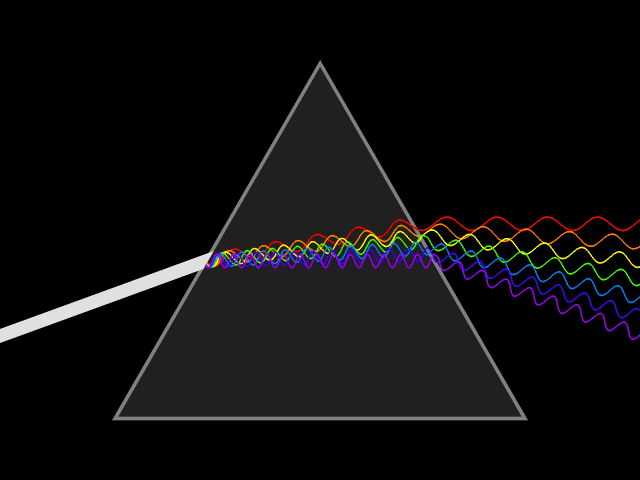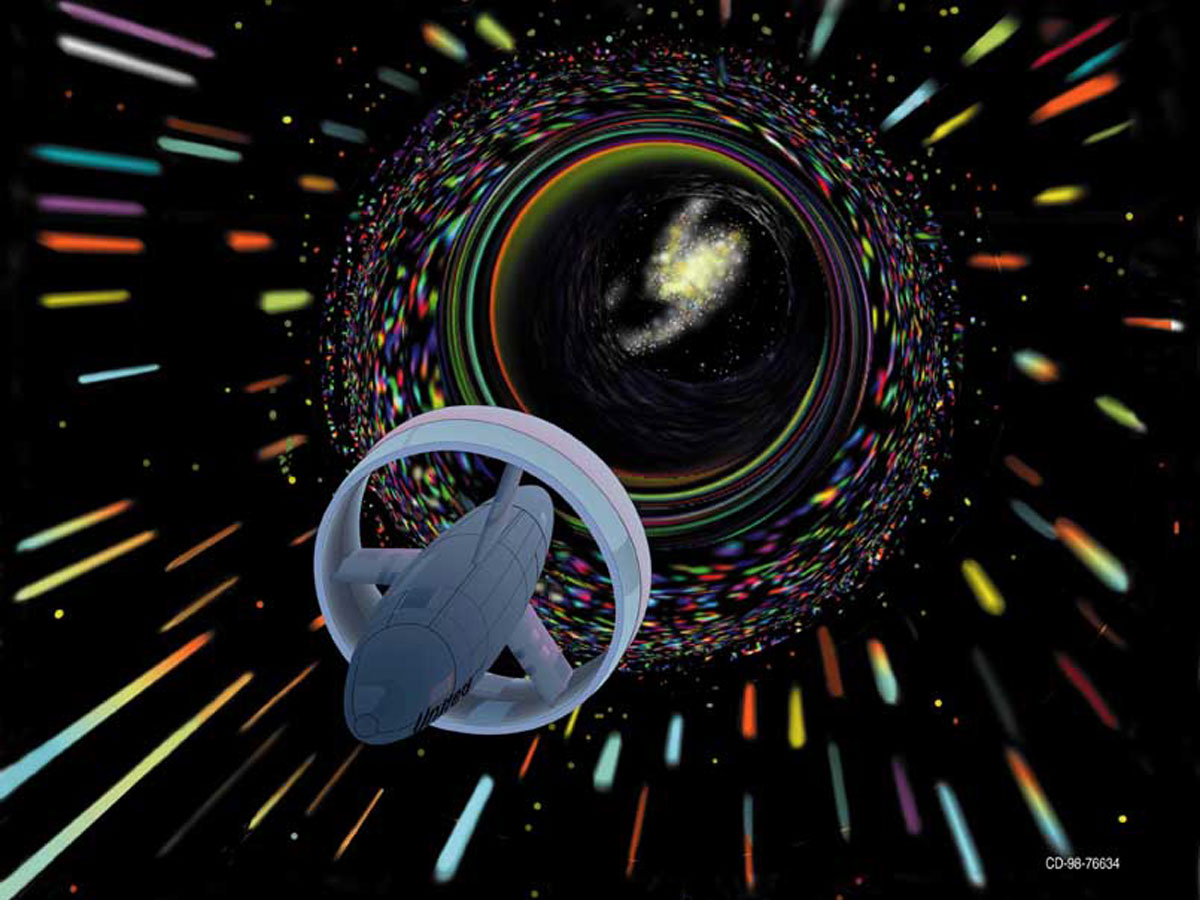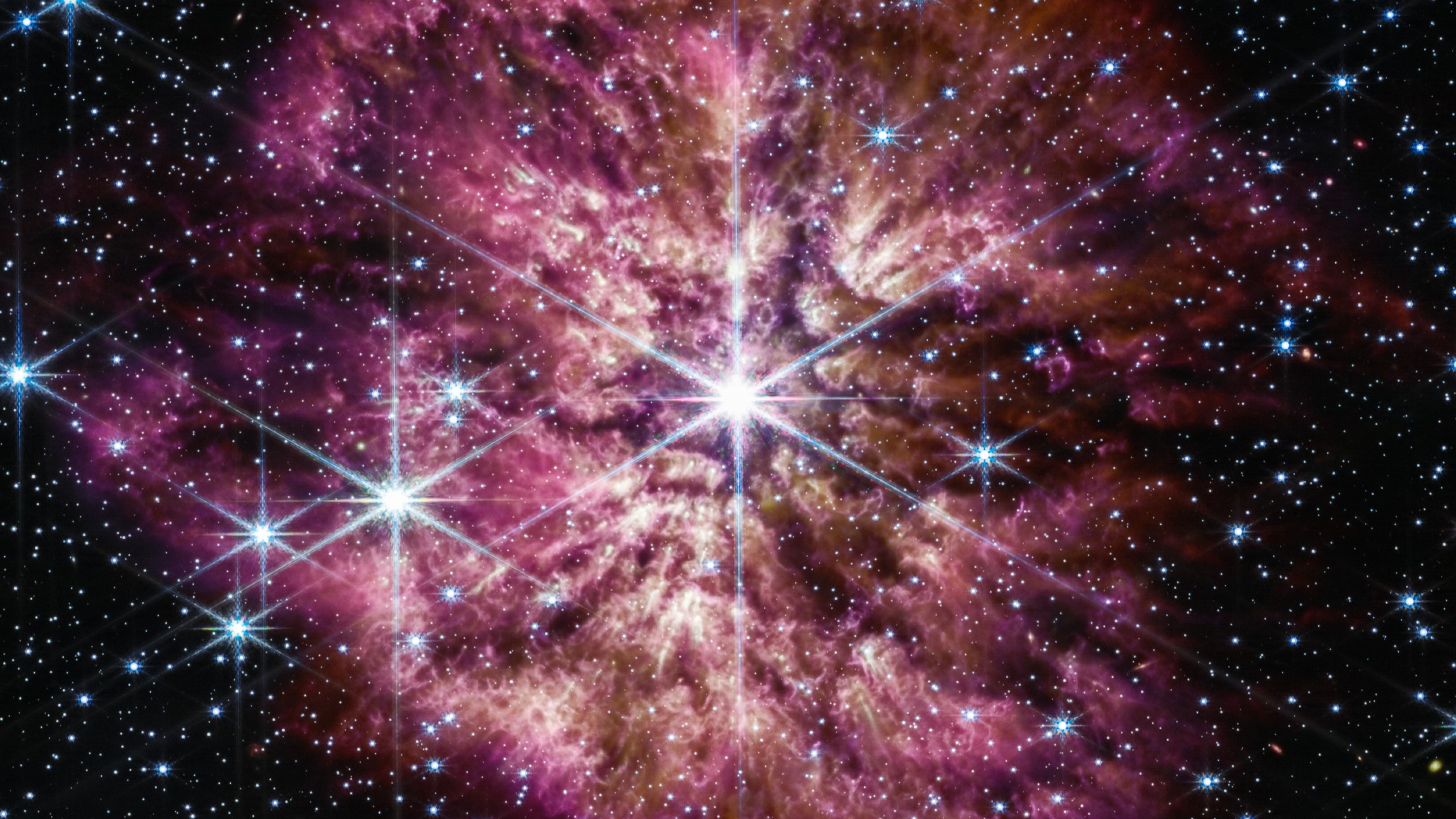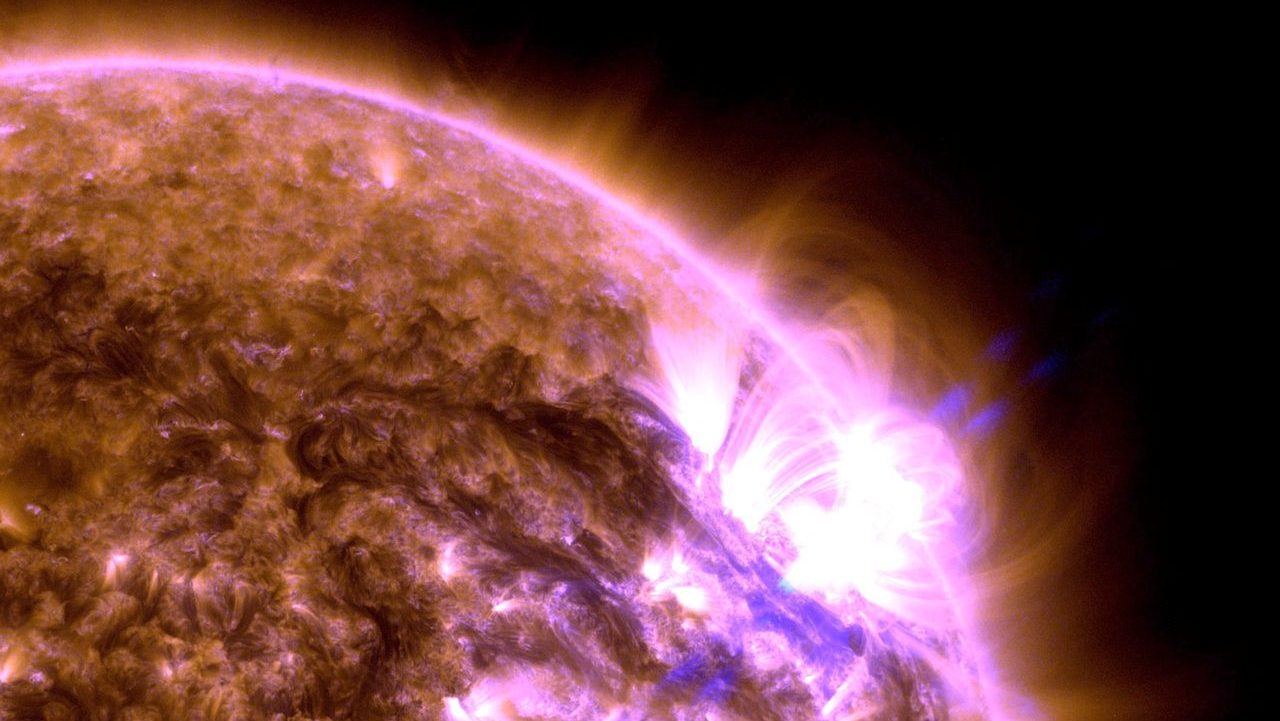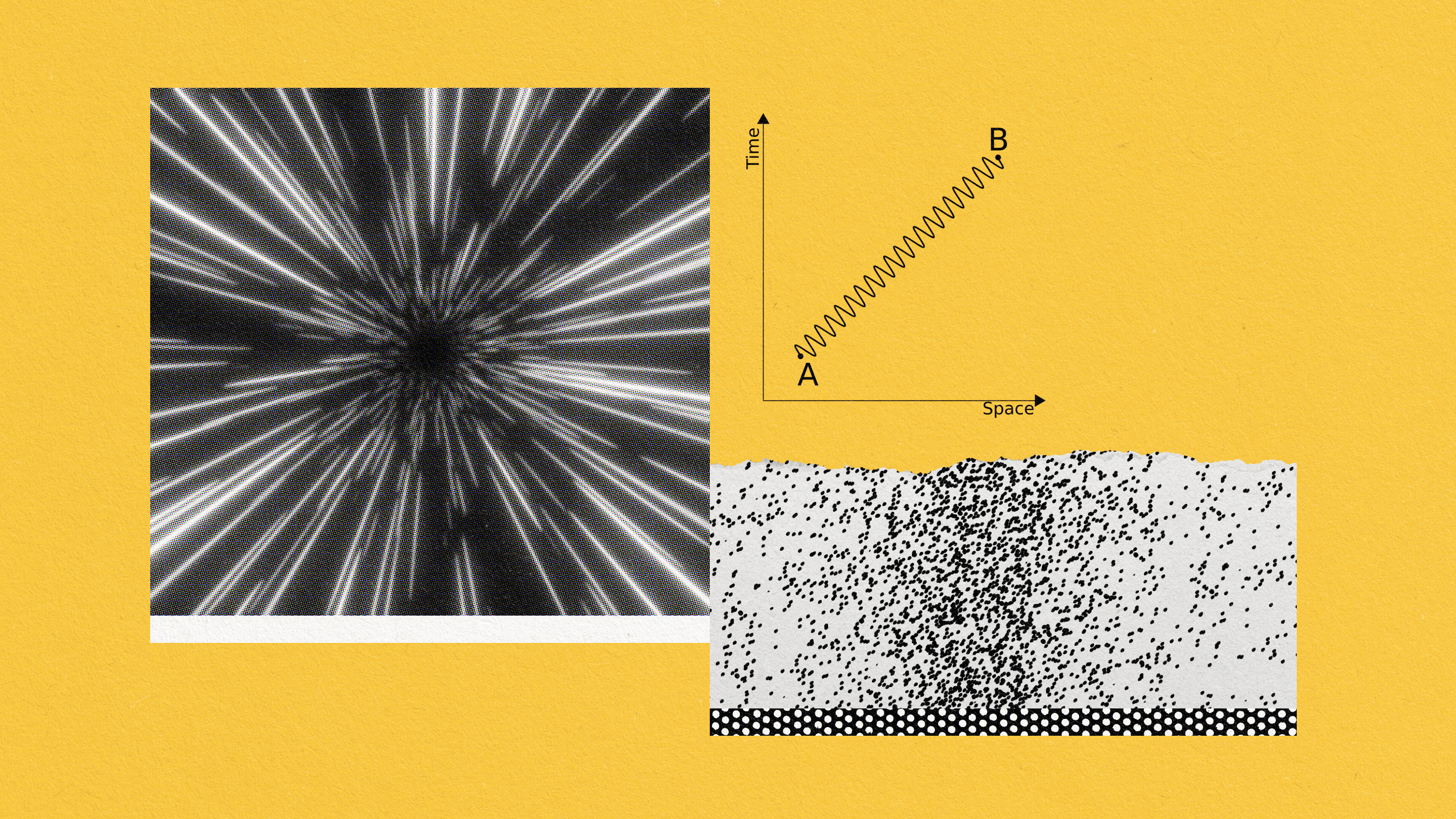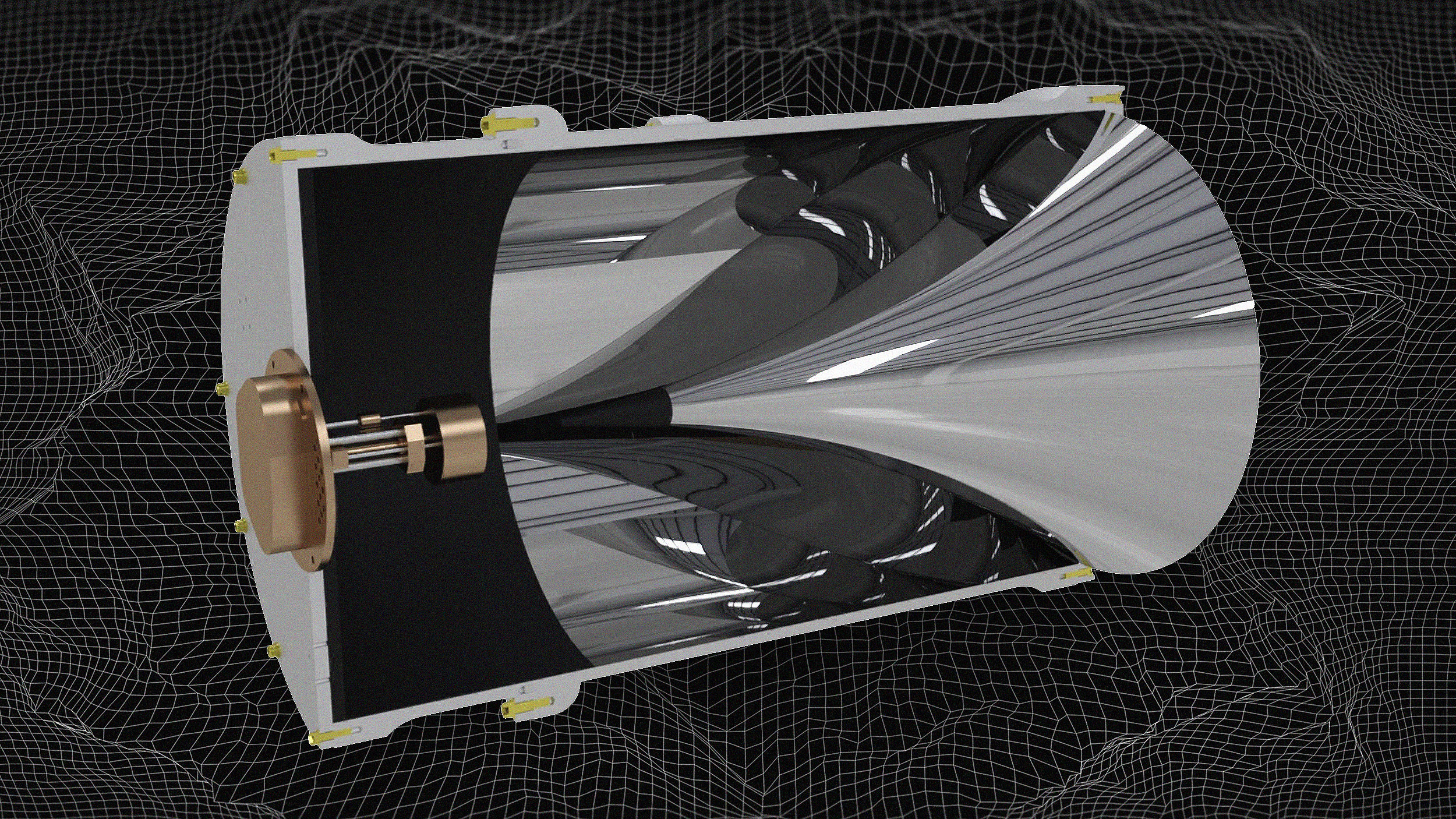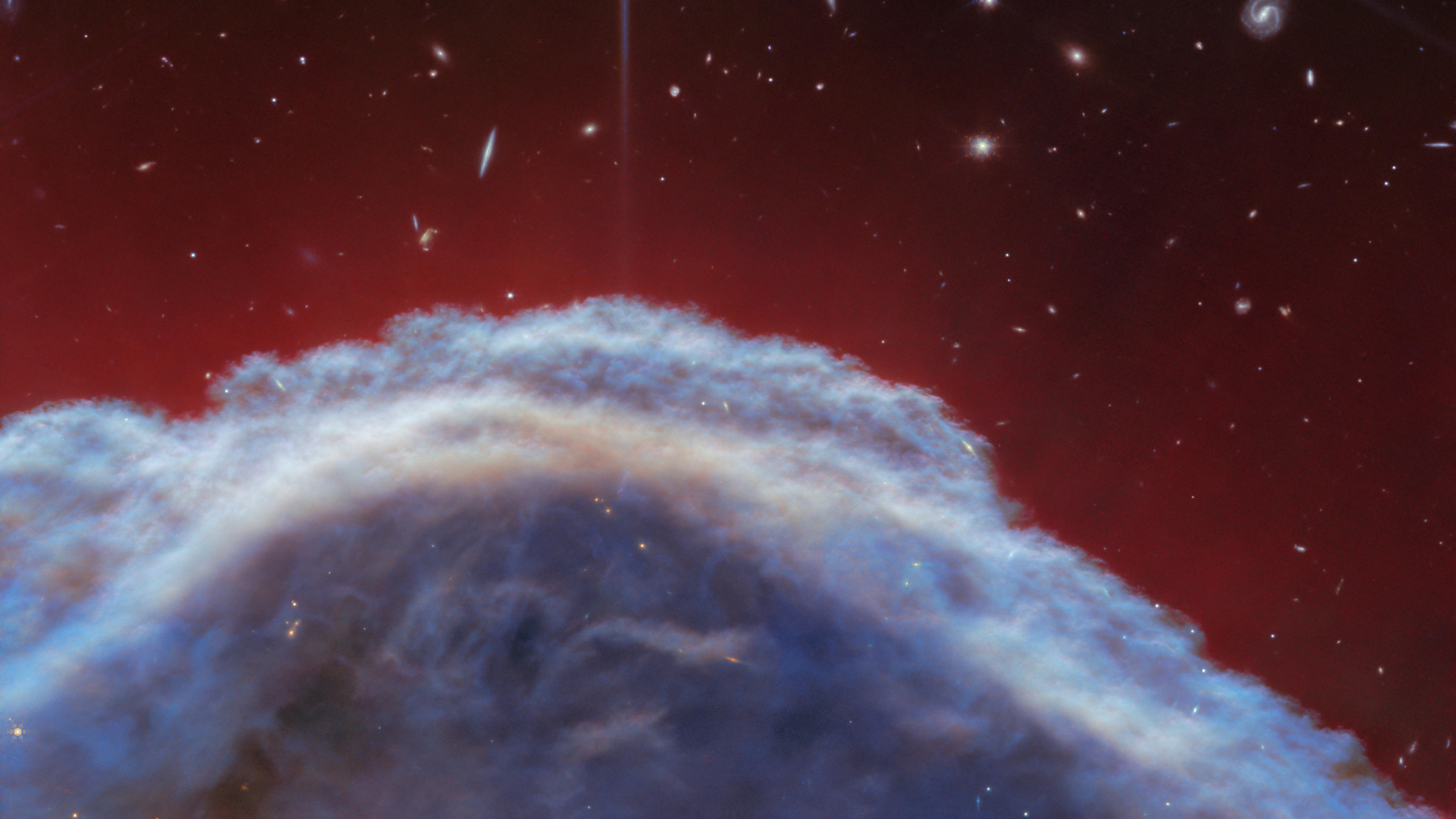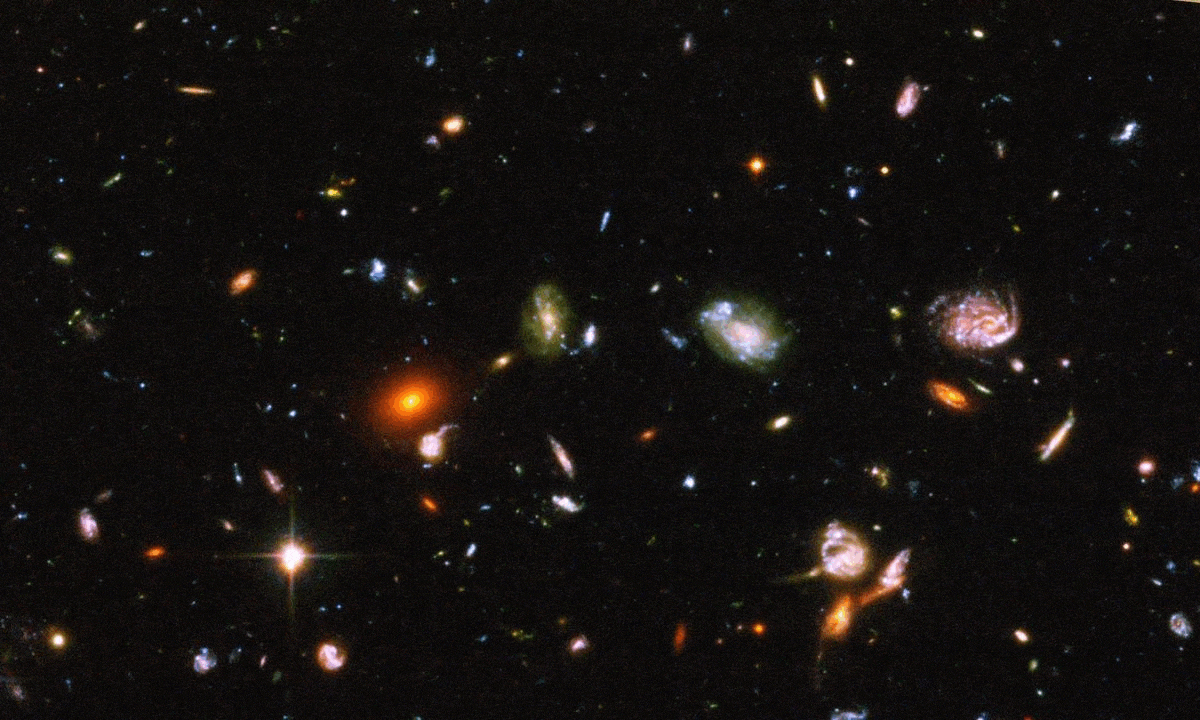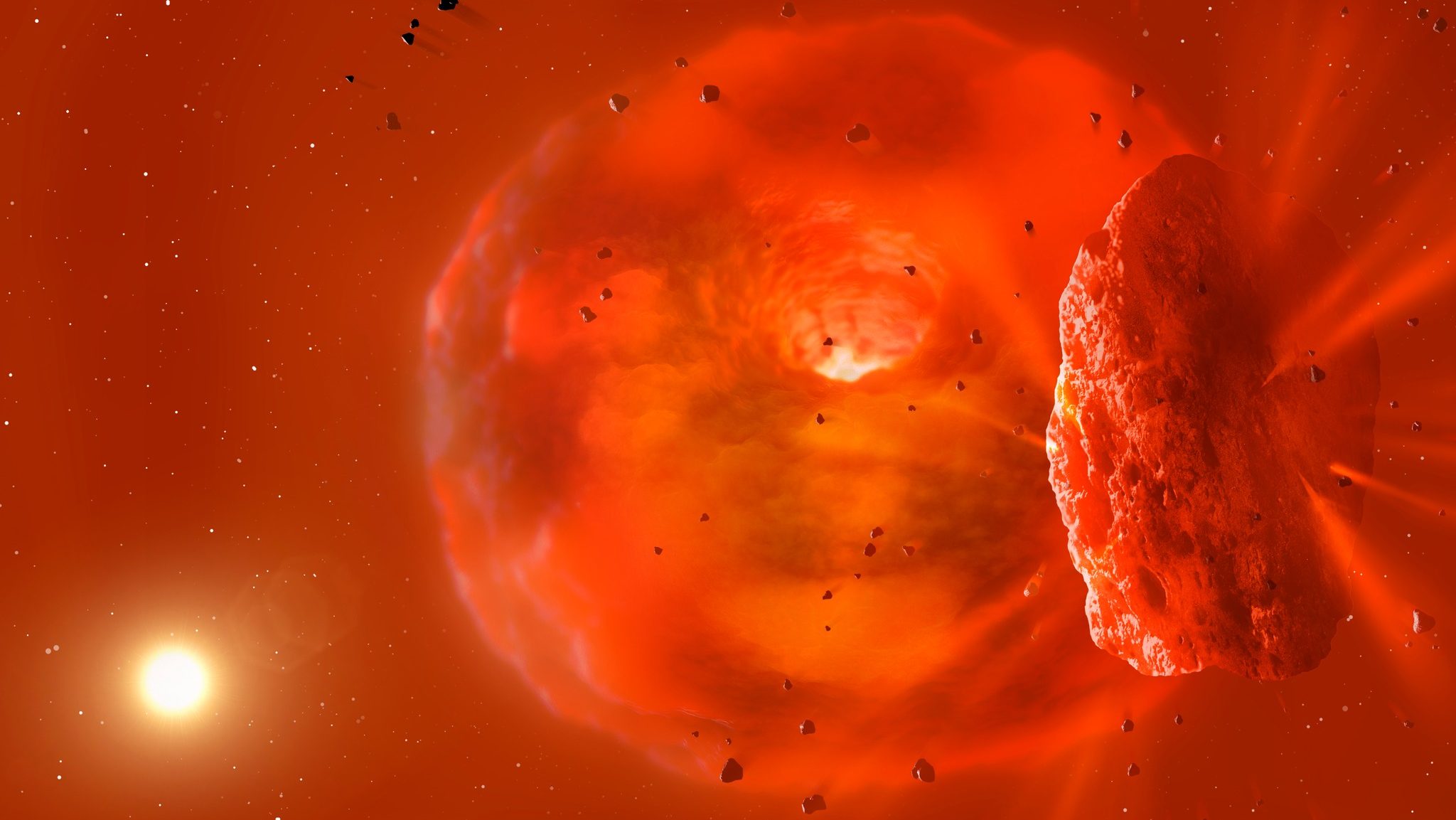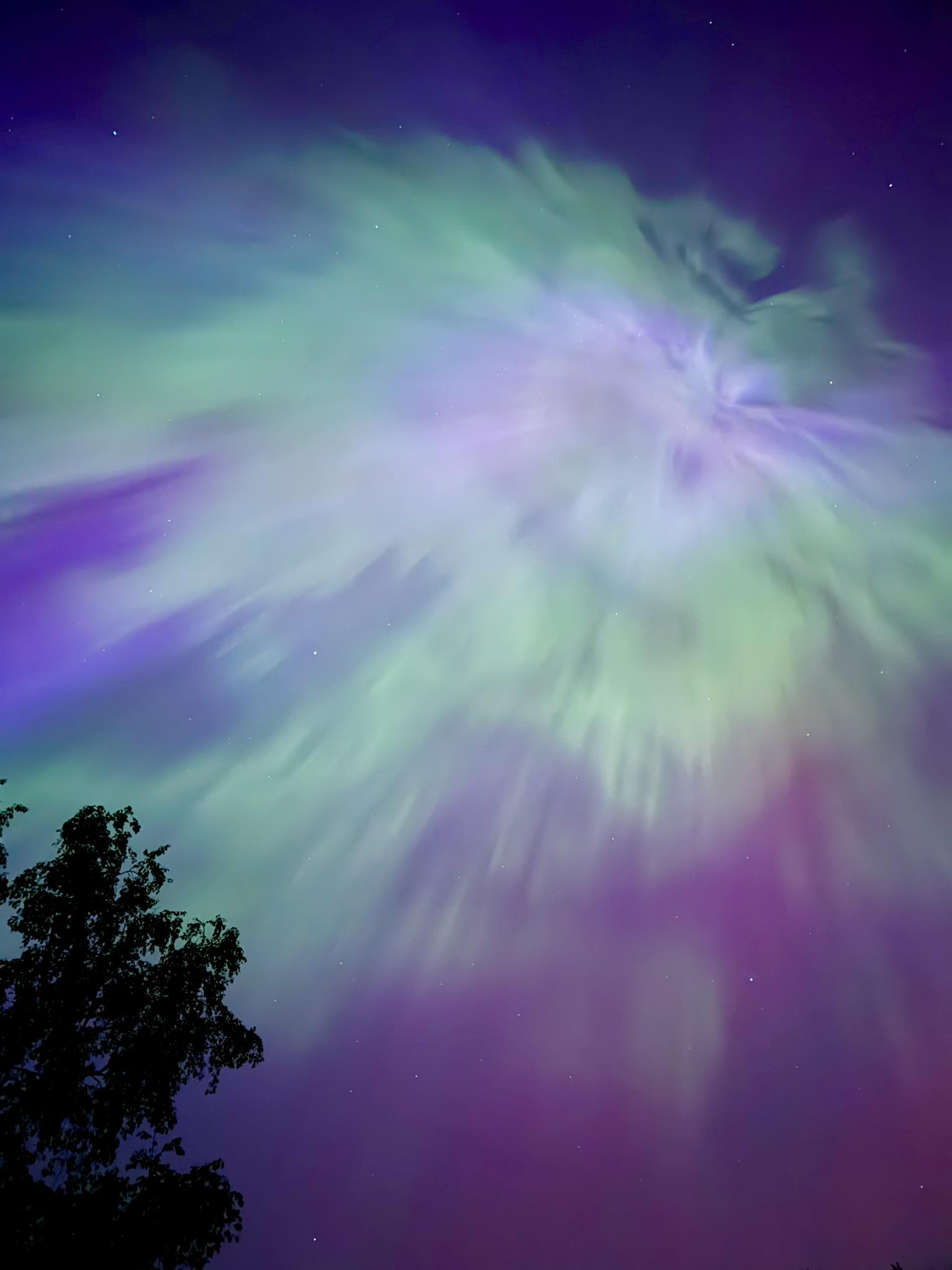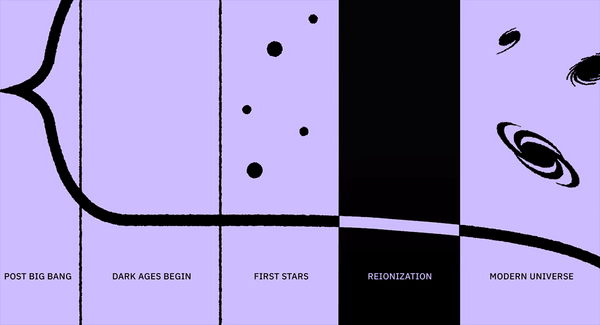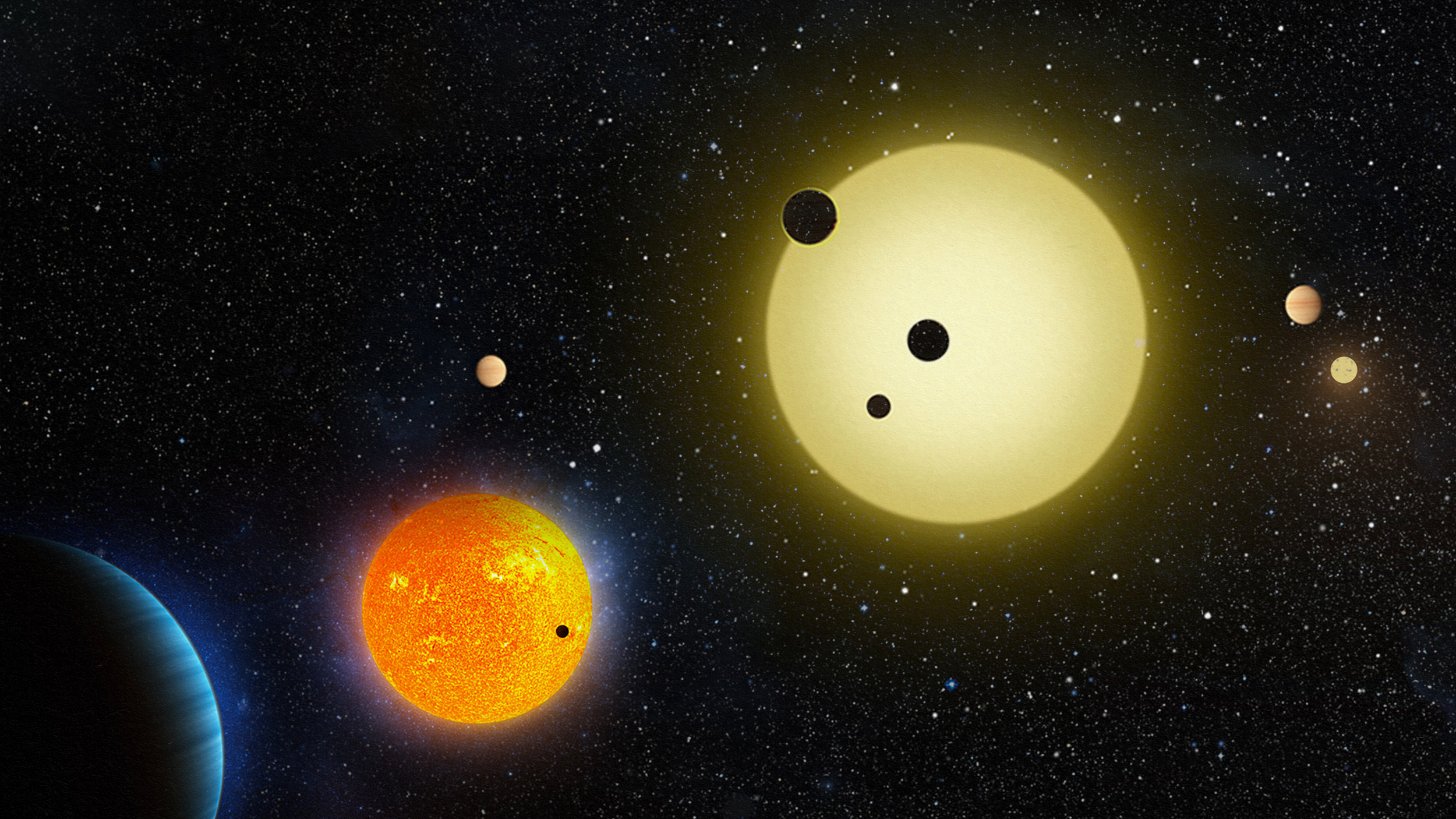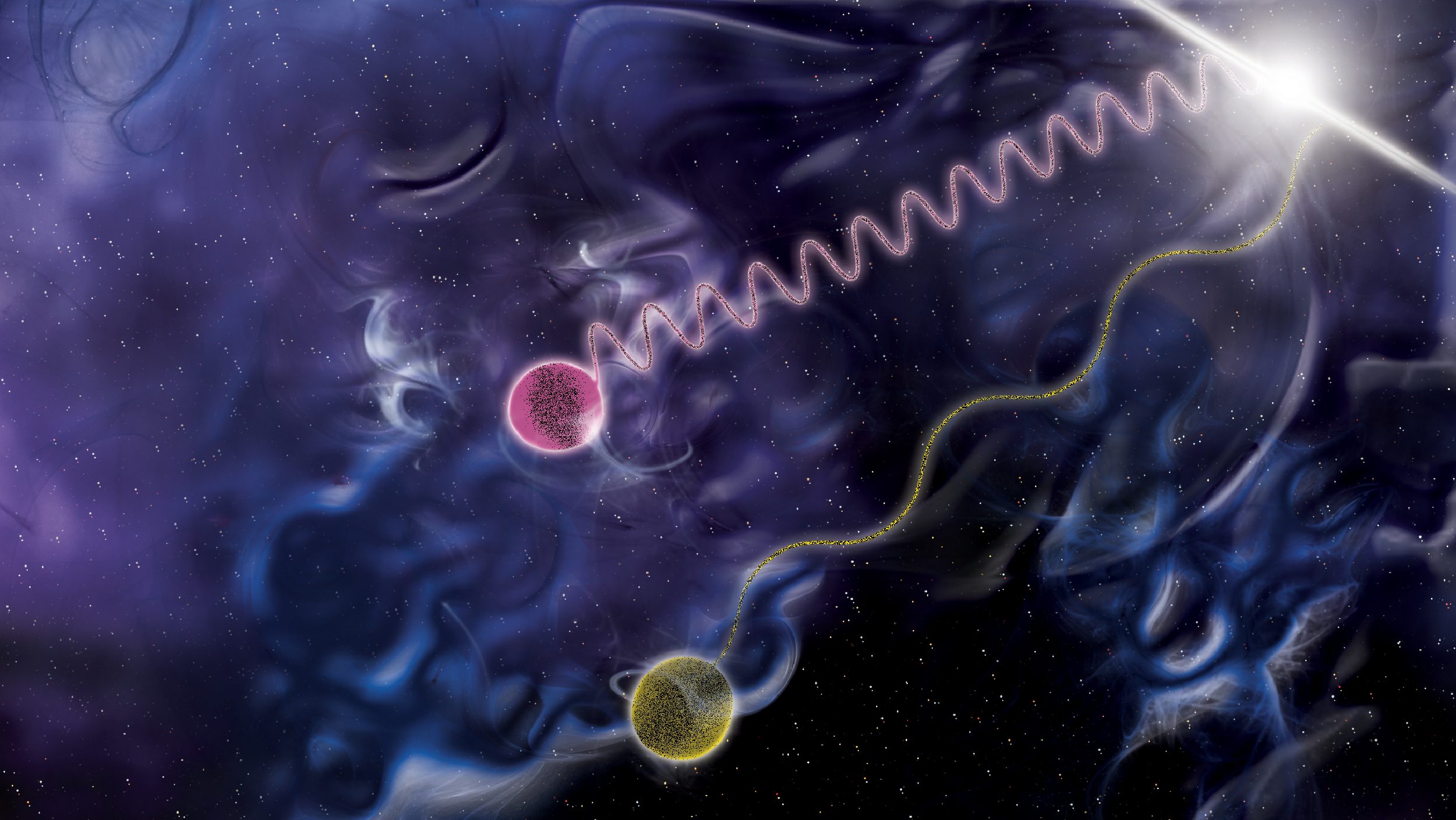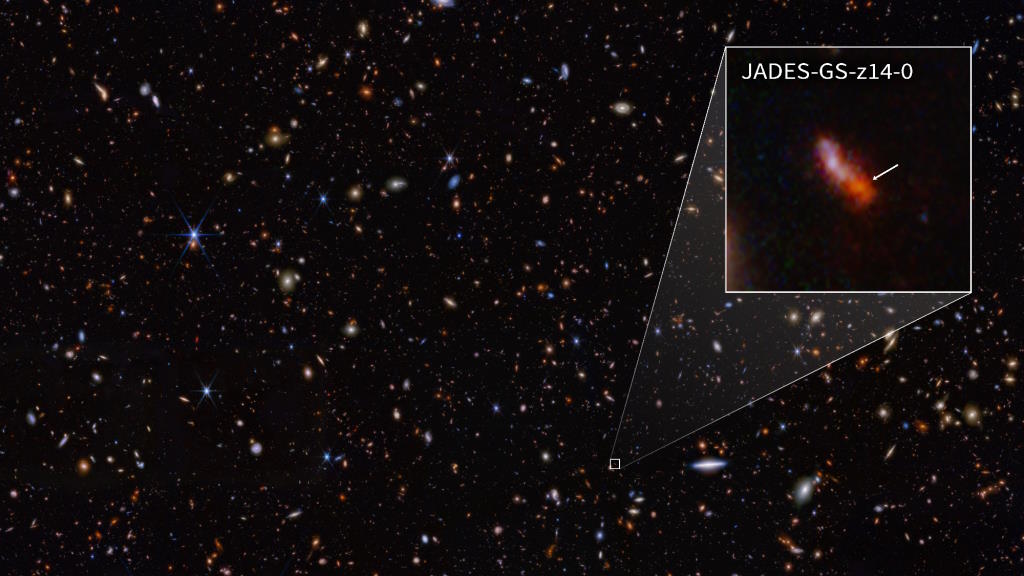Rocks and minerals don’t simply reflect light. They play with it and interact with light as both a wave and a particle.
Search Results
You searched for: light
Is gravity weaker over distances of billions of light-years?
During the industrial era the cost of artificial light fell off a cliff — and the road to illumination was paved with ingenuity and slaughter.
In all the Universe, only a few particles are eternally stable. The photon, the quantum of light, has an infinite lifetime. Or does it?
Yes, the Universe is expanding, but if you’ve ever wondered, “How fast is it expanding,” the answer isn’t in terms of a speed at all.
Just 13.8 billion years after the hot Big Bang, we can see objects up to 46.1 billion light-years away. No, this doesn’t violate relativity.
With LEDs bringing brighter nighttime lighting than ever before, and thousands of new satellites polluting the skies, astronomy needs help.
A simple dice game shines a bit of light on the psychology of regret.
Light can be turned into heat, which can then be turned into motion, and the effect of that motion can be turned into a big squeeze.
In 2017, a kilonova sent light and gravitational waves across the Universe. Here on Earth, there was a 1.7 second signal arrival delay. Why?
Invisible cloaks. Ghost imaging. Scientists are manipulating light in ways that were once only science fiction.
Without wormholes, warp drive, or some type of new matter, energy, or physics, everyone is limited by the speed of light. Or are they?
In all the Universe, only a few particles are eternally stable. The photon, the quantum of light, has an infinite lifetime. Or does it?
A new measurement offers insights on the density of the mysterious force driving the Universe’s expansion.
Northern lights in the American South, clusters of huge geomagnetic storms—the Sun is throwing a tantrum right on schedule.
The Extremely Large Telescope (ELT) will have a light-collecting power 10 times greater than today’s best telescope.
From a photon’s viewpoint, the Universe is timeless and dimensionless.
Scientists are searching for dark matter particles that are trillions or even quadrillion times lighter than the more traditional searches.
The most iconic “dark nebula” of all lights up under JWST’s infrared gaze. Here’s what’s newly discovered inside.
Time gets a little strange as you approach the speed of light.
Although the Big Bang occurred at an instant in time long ago, we still see the light from it. Will the evidence ever disappear completely?
From inside our Solar System, zodiacal light prevents us from seeing true darkness. From billions of miles away, New Horizons finally can.
The concept of ‘relativistic mass’ has been around almost as long as relativity has. But is it a reasonable way to make sense of things?
The Universe, although violent, is filled with creation events following destructive ones. 1850 light-years away, both types are unfolding.
The most iconic, longest-lived space telescope of all, NASA’s Hubble, is experiencing orbital decay as the solar cycle peaks. Here’s why.
For 550 million years, neutral atoms blocked the light made in stars from traveling freely through the Universe. Here’s how it then changed.
Finding a tiny planet around bright stars dozens or hundreds of light-years from Earth is extremely difficult.
The Michelson-Morley experiment of 1887, despite expectations, revealed a null result: no effect. The implications were revolutionary.
All telescopes are fundamentally limited in what they can see. JWST reveals more distant galaxies than Hubble, but still can’t see them all.



